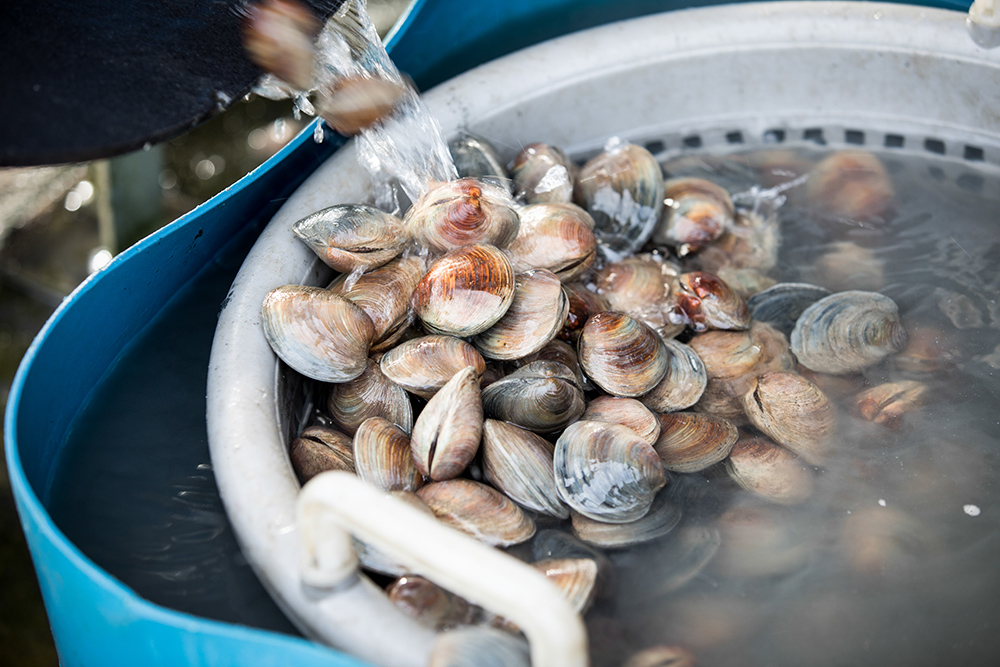|
Cantaloupes and tomatoes are among the many vegetables from the grocery produce shelves that are good sources of seeds for curious gardeners. |
Many of these vegetables are immature, so the seeds won't germinate. But some items are fully mature and will germinate with little effort.
At this time of the year, watermelon and cantaloupe are in the stores, and they're great choices for saving seeds.
Just Use a Cup
For watermelon, just spit the seeds into a cup as you're eating and rinse them with water. It's best to do this while they're a little moist so all the sticky juice can be washed off.
Spread the seeds on a paper towel or newspaper to dry. Don't let them stay wet too long or they'll start to germinate.
Cantaloupe seeds are just as easy to save. Scoop out the seeds and separate them from the clinging flesh. Rinse and dry as for watermelon. Collected watermelon and cantaloupe seeds will last five years or longer.
Buy an Extra Tomato
Tomatoes are another good source of seeds. You may want to buy an extra tomato or two while shopping, since there won't be much left after you extract the seeds.
Scoop the seeds and pulp out of the inside of the tomato. Then place this in a container and allow it to ferment for three to five days. (It will get pretty stinky, so don't do it in the house.)
After the fermentation process, to separate the good seeds, add water and carefully pour off the pulp and floating seeds, leaving the good seeds at the bottom.
Continue to add water and pour off the pulp and floating seeds until you are left with clean, viable seeds at the bottom and the water is clear.
Strain, Dry, Save
Then pour this through a strainer to collect the seeds. Place the collected seeds on paper towels or newspaper to dry. Tomato seeds should last at least four years.
Dry beans and peas found in the supermarket are another source of seeds. These are ready to go. Instead of putting them in the pot, plant them in the garden. These seeds should last at least three years.
Once collected seeds are dry, they can be put in coin envelopes, Mason jars or any easily sealed container. Make sure to label them including the date.
The best place to store seeds is in a freezer, preferably a nonfrost-free type. These freezers don't have a defrost cycle so they stay consistently at freezing temperatures. The germination of the seeds will often improve after three to six months of cold storage.
F1 Mysteries
Many commercial vegetables are called F1 varieties. They're bred using special techniques for peak performance, which results in the seeds not coming true-to-type.
In other words, the seeds you save from the grocery produce section may not perform as well as the original variety. This is particularly true with watermelon, cantaloupe, and tomato. Beans and peas are generally not bred this way, so they should perform as well as the original.
But don't be disappointed that you don't exactly reproduce the grocery veggies. Part of the fun of saving seeds is to see what the plant breeder put into the variety.
The seeds you save from F1s will segregate into the original material the plant breeder used to develop the variety. This is a great starting point for your own breeding program.







